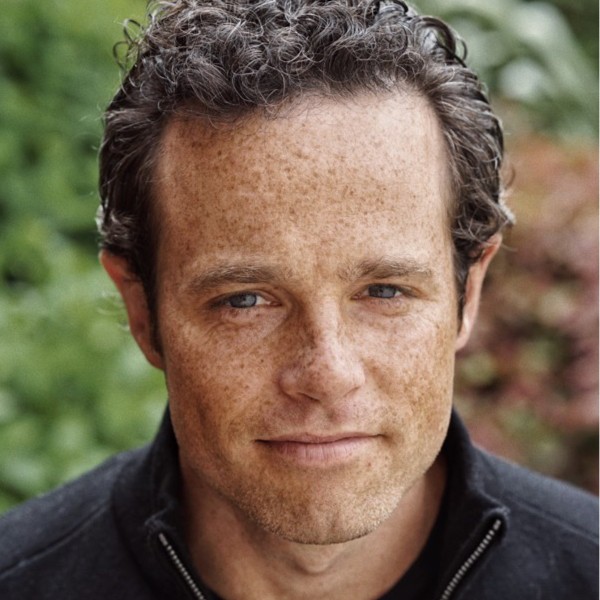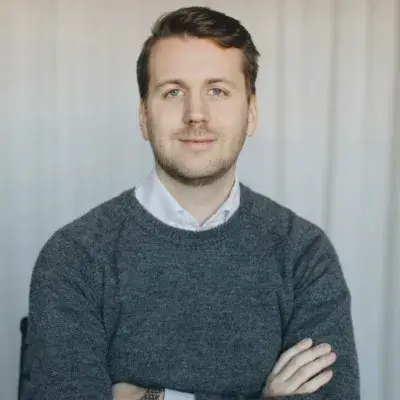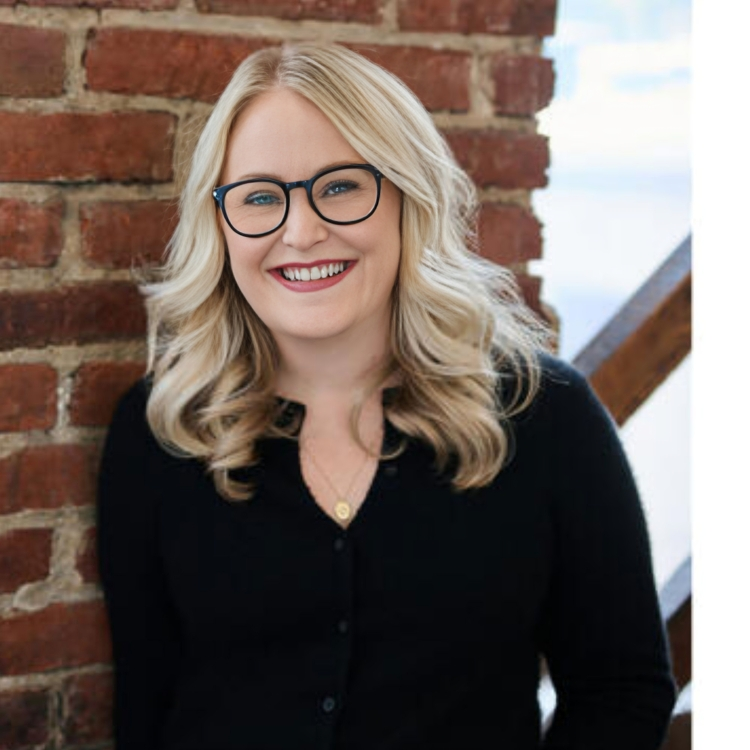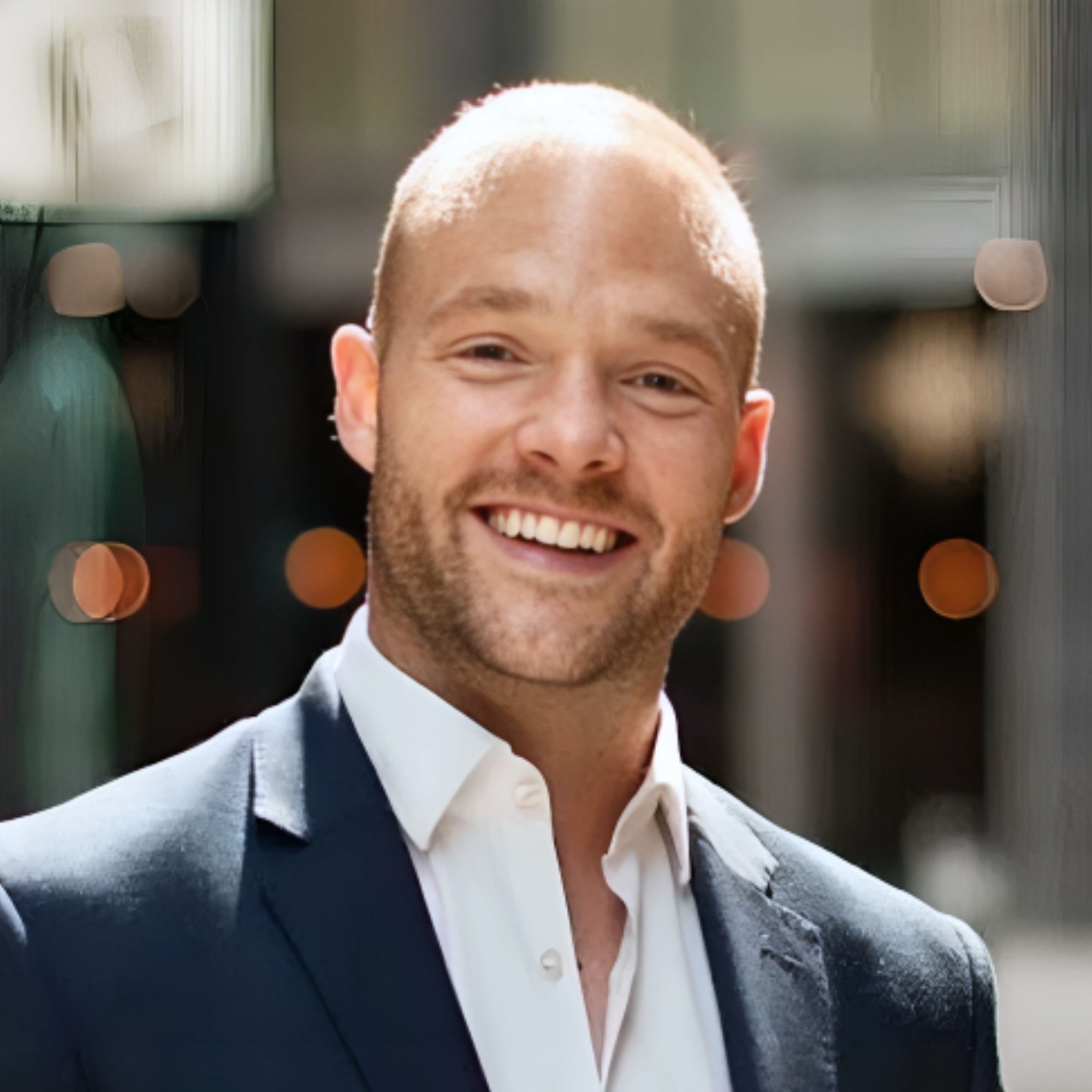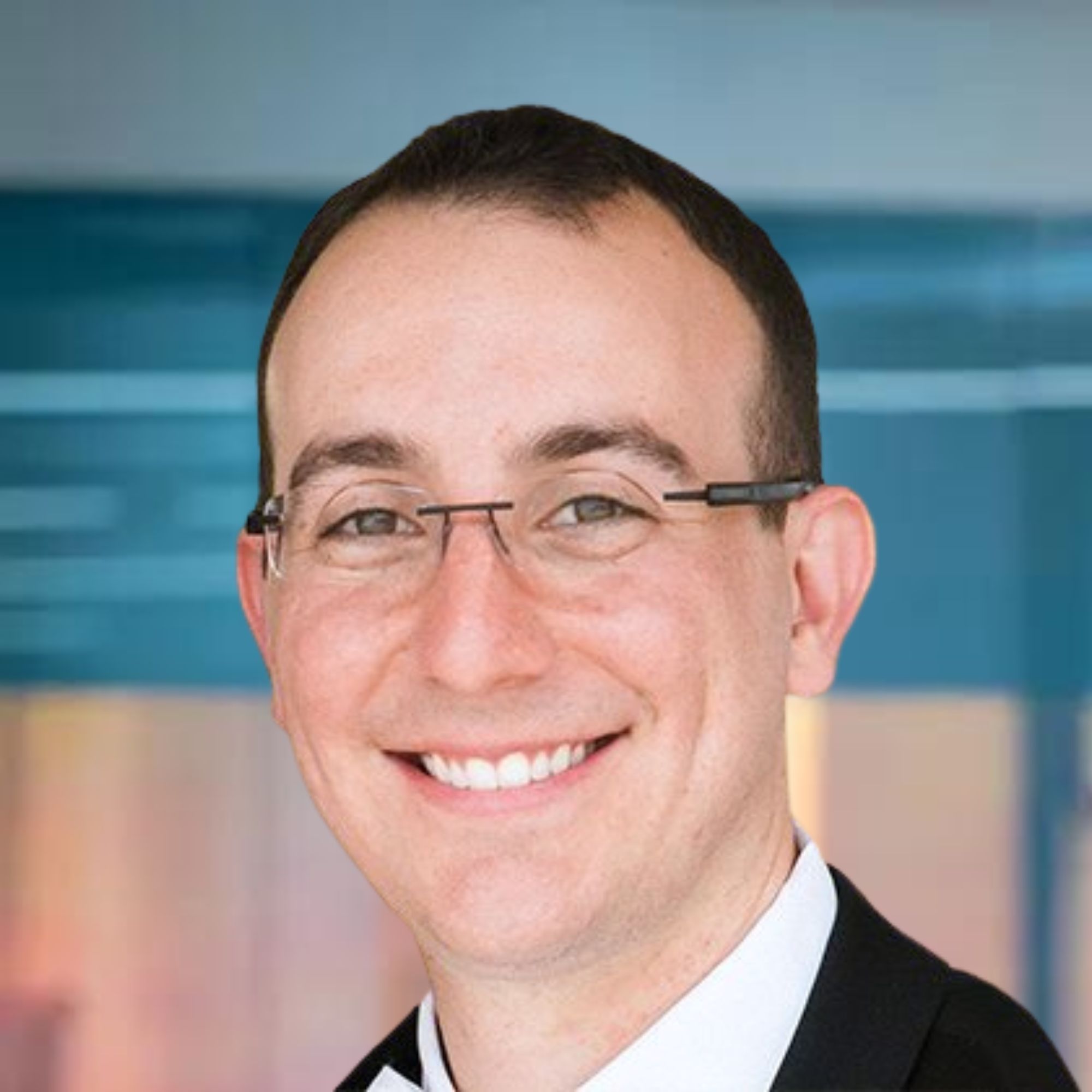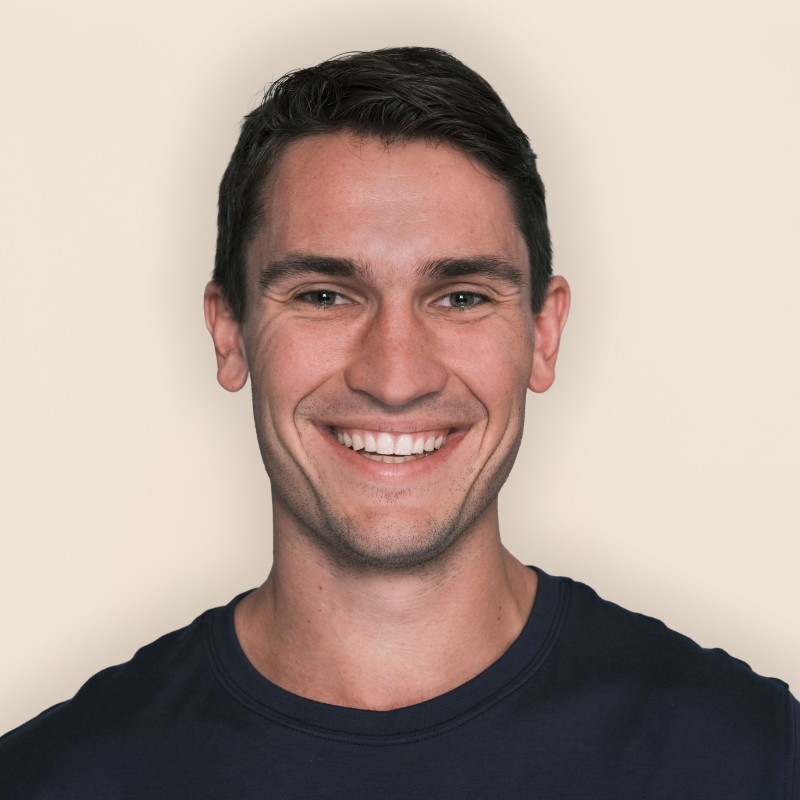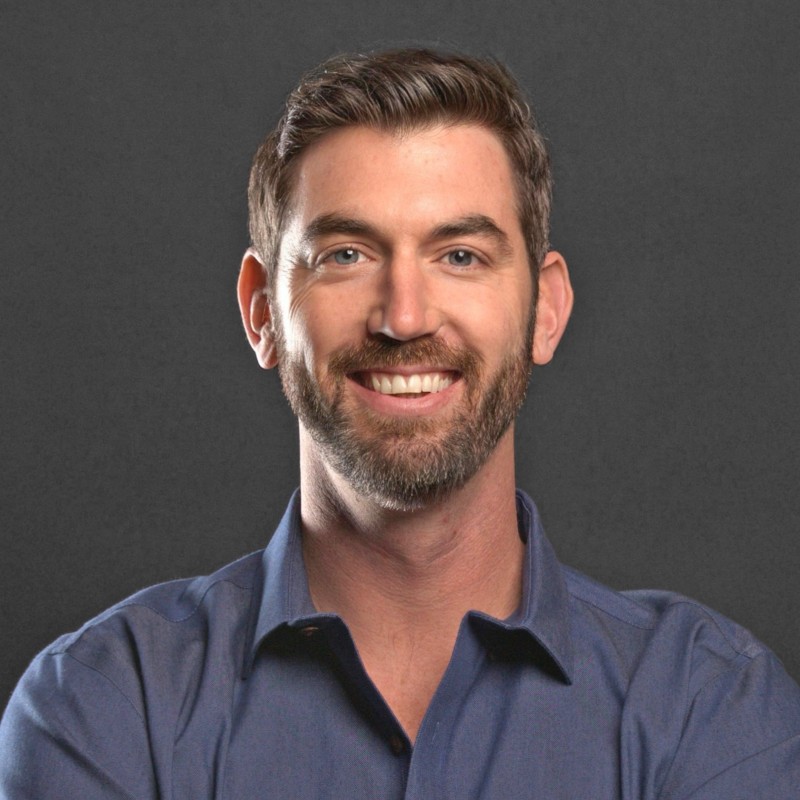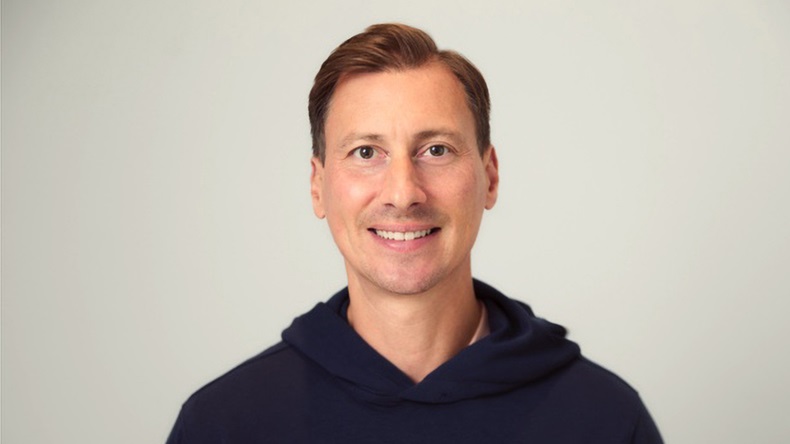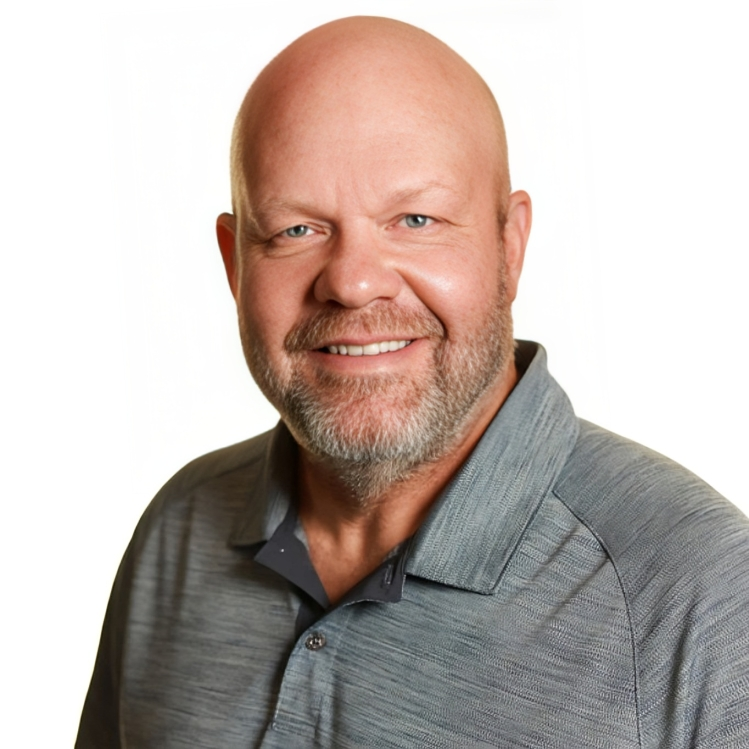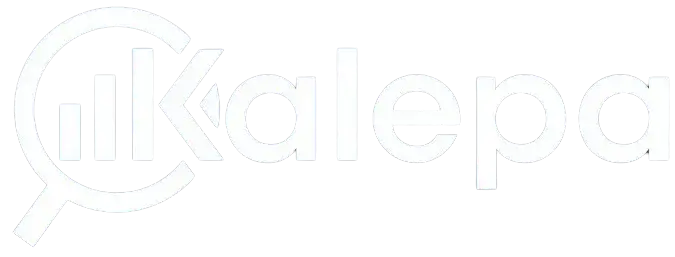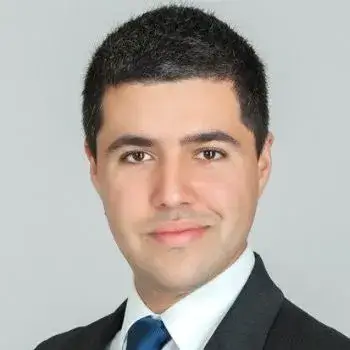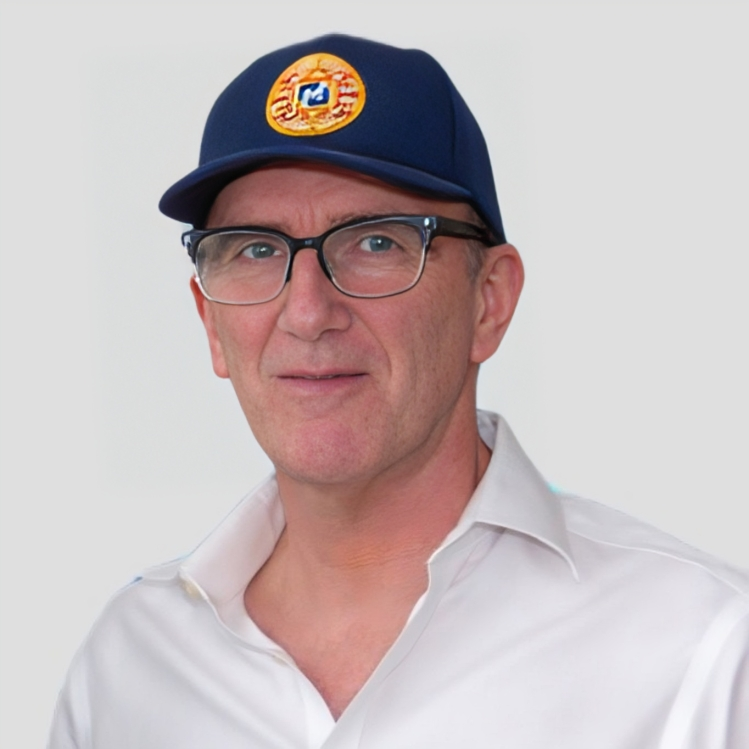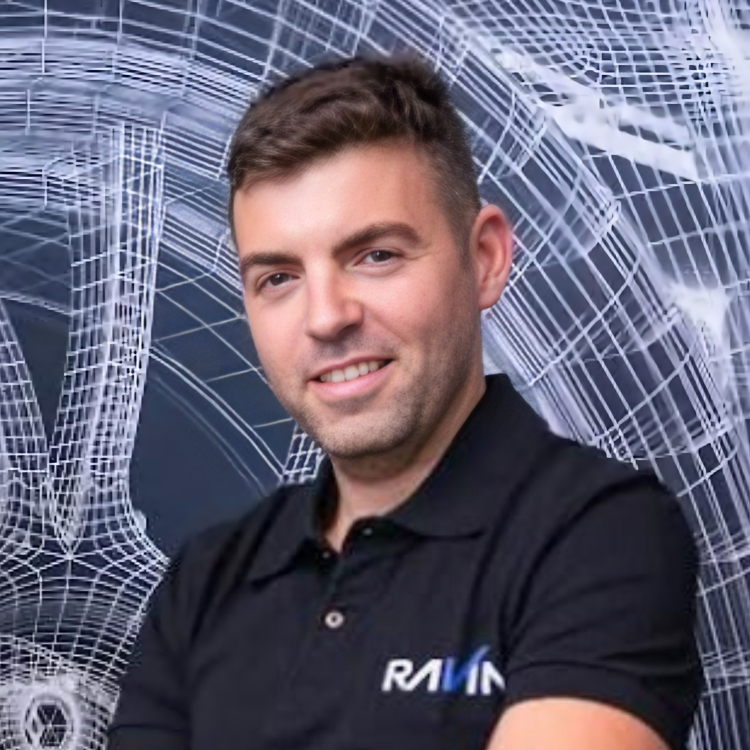Ready to launch your own podcast? Book a strategy call.
Frontlines.io | Where B2B Founders Talk GTM.
Strategic Communications Advisory For Visionary Founders
Conversation
Highlights
Ledgebrook’s Race to $100M: How One Insurance Startup Ditched the Tech Hype and Won with Basics
In a recent episode of Category Visionaries, Gage Caligaris, CEO and Founder of Ledgebrook, shared how his insurtech company has achieved remarkable growth by focusing on fundamentals rather than flashy technology. With $50 million in funding and a $100 million run rate reached in less than two years after writing their first policy, Ledgebrook’s journey offers valuable lessons for B2B founders across industries.
The Actuary Who Became an Insurance Entrepreneur
Caligaris didn’t stumble into insurance entrepreneurship by accident. After spending nearly a decade at Liberty Mutual, he had been plotting his move the entire time.
“I actually did, from the moment I started, think of it as kind of learning a trade,” Gage explains. “I thought of myself as an insurance plumber and that I was going to start some kind of business.”
This methodical approach to career-building paid off. In his final years at Liberty Mutual, Gage “grew a mobility business from about 40 million in premium to almost 500 in 18 months.” This experience gave him the confidence to launch Ledgebrook in March 2022.
The Long Road to Revenue
Unlike many software startups that can deploy an MVP in weeks, insurance companies face significant regulatory hurdles. For Ledgebrook, this meant 14 months of pre-revenue work.
“It took us over a year to write our first policy,” Gage shares. “That’s just because there’s a lot of barriers to entry in the insurance industry to get stood up in terms of licensing, partnerships, reinsurance brokerage, you know, building the technology itself.”
This extended period before generating revenue presented unique challenges. The team had to maintain momentum and focus while navigating complex regulatory requirements and building their technology platform.
A Refreshingly Simple Value Proposition
At a time when many insurtechs are touting AI and machine learning capabilities, Ledgebrook has taken a refreshingly different approach. Their value proposition is straightforward: be the fastest to quote and the easiest to do business with.
“What we basically say is we’ll be the fastest quote, we’ll be the easiest to do business with,” Gage explains. “Fast and cheap is what they like. We’d prefer to be fast over cheap.”
This focus on speed and service has resonated strongly with insurance brokers who often struggle with slow response times from traditional carriers. By addressing this persistent pain point, Ledgebrook has carved out a growing niche in the excess and surplus (E&S) insurance market, which Gage notes “has really exploded over the last few years” to over $100 billion.
Boots on the Ground Instead of Marketing Campaigns
Perhaps most surprising about Ledgebrook’s growth is how little they’ve invested in traditional marketing. Instead, they’ve focused on direct, in-person relationships with brokers.
“It’s interesting, we’re in Miami last week for an all staff off site with couple of our investors as well. And what the investors to me, I can’t believe you guys have gotten to the scale you’ve gotten to without really any like public marketing or PR,” Gage recalls.
Instead of digital marketing campaigns, Ledgebrook’s underwriters spend roughly half their time traveling to meet brokers in their offices across the country. “Our underwriters travel two weeks out of the month to go see them in Chicago, Atlanta, Philly, New Jersey, you know, Dallas, all these places,” he explains.
This high-touch approach, combined with their reputation for fast quotes and accessibility, has fueled their rapid growth. The strategy crystallized around six months after launch when they attended an industry conference where brokers actively sought them out.
“People were like, ‘Hey, you did what you said you were going to do. I’m going to send you more submissions. I like what you guys are doing,'” Gage remembers. “So just really showing up consistently with a very simple value prop, speed of service is what allowed us to first penetrate the market and then really what allowed us to scale to that next level.”
Product Expansion as Accelerator
Rather than perfecting a single product, Ledgebrook has aggressively pursued a multi-product strategy right from the beginning.
“Literally, I think the day after we launched our first product, I told the team, look, okay, what are products two and three? How are we going to get the underwriting teams? How are we going to get these to market?” Gage says.
This approach surprised his team, who had just completed the grueling process of launching their first product. But Caligaris recognized that in insurance, development cycles are long, and staying ahead means constantly expanding the product portfolio.
“This insurance, there’s such a lag, right, between when you start to develop a product and go to market. It can take years,” he explains. Their persistence has paid off, with Ledgebrook now offering general liability, professional liability, and an unsupported excess product that launched at the beginning of 2025.
A Culture-Driven Hiring Strategy
As Ledgebrook has scaled from 30 to nearly 100 employees in just one year, maintaining culture has become increasingly important. Gage credits their vibrant, connected culture as a key factor in their ability to attract talent.
“One of the ways we’ve been able to scale the headcount so quickly is we’ve been able to do it primarily by referral,” he notes. “So people are like, man, I’m having a blast here. Like, let me bring my friends and then they’re able to sell that for us.”
For a distributed company with team members across the country, creating this sense of connection isn’t easy. Ledgebrook has fostered community through active Slack channels and by encouraging authentic communication.
“Every time we bind a policy, there’s posts with like reaction GIFs,” Gage shares. “I think for my part also posting stupid stuff, right. And like, having fun and not taking things too seriously is something I can do to continue to like, set an example.”
Building for the Long Haul
While many startups aim for quick exits, Caligaris is thinking in decades, not years. His vision extends far beyond Ledgebrook’s current success.
“If you’ll believe this, the first slide of my pitch deck was that I’m going to create the next Berkshire Hathaway munich Re, a $50 billion globally diversified reinsurance company. Over the next 40 years of my life and die in the chair doing it,” he reveals.
This long-term perspective influences everything from their product development strategy to how they approach investor relationships. By focusing on sustainable growth and building with purpose, Ledgebrook has positioned itself for lasting success in an industry where trust and reliability matter more than technological novelty.
For B2B founders in any industry, Ledgebrook’s story offers a powerful reminder: sometimes the most disruptive approach isn’t to reinvent the wheel with cutting-edge technology, but to execute the fundamentals better than anyone else.
Actionable
Takeaways
Simplify your value proposition:
Ledgebrook succeeded by focusing on two clear promises: being the fastest to quote and the easiest to do business with. Gage explained, "Fast and cheap is what they like. We'd prefer to be fast over cheap." B2B founders should identify the 1-2 most critical pain points in their industry and build their entire value proposition around solving them.
Choose boots-on-ground engagement over flashy marketing:
Despite their rapid growth, Ledgebrook has minimal formal marketing. Instead, their underwriters travel two weeks each month to visit brokers in person. "We're in our broker's offices... instead of a marketing campaign, it's a boots on the ground approach," Gage shared. For B2B startups, prioritizing direct customer engagement can be more effective than traditional marketing campaigns.
Maintain consistent service delivery:
Ledgebrook built their reputation by simply delivering on their promises consistently. "We kept showing up, right? We kept coming back with those fast quotes, we kept picking up the phone," noted Gage. B2B founders should recognize that reliability and consistency are powerful differentiators in markets where competitors often overpromise and underdeliver.
Integrate customer-facing and technical teams:
Ledgebrook has tech team members do regular "ride-alongs" with underwriters to see how their products are actually used. This collaboration ensures they build the right features and move faster. B2B founders should create structured opportunities for engineers and product teams to directly observe customer interactions.
Leverage referral recruiting for growth:
Ledgebrook has scaled their team primarily through employee referrals. Gage shared, "People are like, man, I'm having a blast here. Let me bring my friends." Creating a workplace where employees genuinely enjoy their work can transform your hiring process, especially when scaling rapidly.

